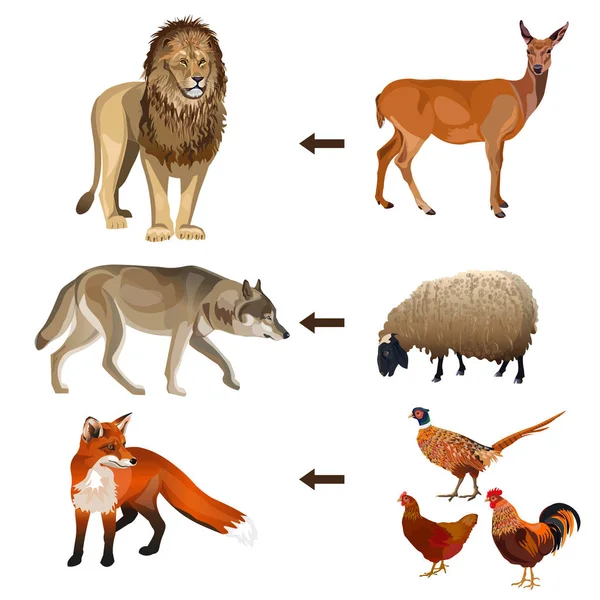

2001 Berger and Conner 2008 Berger et al. Consequently, changes to large predator populations have the potential to indirectly influence prey populations and patterns of biodiversity by modifying mesopredator abundance and behavior through IGP ( Terborgh et al. Within mammalian carnivore guilds, IGP can account for over half of the mortalities experienced by smaller carnivores ( Palomares and Caro 1999). IGP is widespread across ecosystems and has been observed in diverse taxa including invertebrates, fishes, amphibians, and birds ( Polis et al.1989 Holt and Polis 1997), as well as between disparate taxa ( Potter et al. Under these conditions, theory suggests there is selective pressure for the larger predator to suppress its smaller competitor, potentially leading to changes in the subordinate species’ behavior, abundance, and distribution ( Polis et al.1989 Ritchie and Johnson 2009). IGP often occurs when there is niche overlap between predator species and the smaller predator is more efficient at exploiting a shared resource ( Polis et al.

These interactions can take the form of intraguild predation (IGP), when the smaller predator is killed and sometimes consumed by its larger counterpart ( Polis et al. Importantly, these species also interact with populations of smaller carnivores, or mesopredators ( Prugh et al. Top predators can influence ecosystems through density-mediated pathways by decreasing prey abundance or via nonconsumptive pathways by changing prey behavior ( Terborgh et al.

Our findings suggest that mesopredators in human-dominated systems may perceive humans as less dangerous than apex predators, that humans may be more likely to encounter mesopredators in areas occupied by top predators, and that behaviorally mediated effects of apex predators on mesopredators persist in human-dominated landscapes. The direction of change in bobcat activity in areas with wolves was opposite to coyotes, suggesting a behaviorally mediated cascade between wolves, coyotes, and bobcats, although these findings would need to be confirmed with further research. The increase in coyote activity was greatest during the day, when wolves were least active. Coyotes exposed to wolves increased their activity during dawn, day, and dusk hours. Temporal overlap between mesopredators and humans also increased significantly in the presence of wolves. In areas with wolves, there was a significant increase in temporal niche overlap between the mesopredators owing to higher levels of coyote activity at all time periods of the day. We used motion-activated game cameras to compare the activity patterns of humans and 2 mesopredators, coyotes ( Canis latrans) and bobcats ( Lynx rufus), in areas with and without an apex predator, the gray wolf ( Canis lupus), in a multiuse landscape of the northwestern United States. In many parts of the world, apex predators live in, or are returning to, landscapes that have been modified by people so, it is important to understand their ecological role in anthropogenic landscapes. Apex predators can influence ecosystems through density and behaviorally mediated effects on herbivores and mesopredators.


 0 kommentar(er)
0 kommentar(er)
